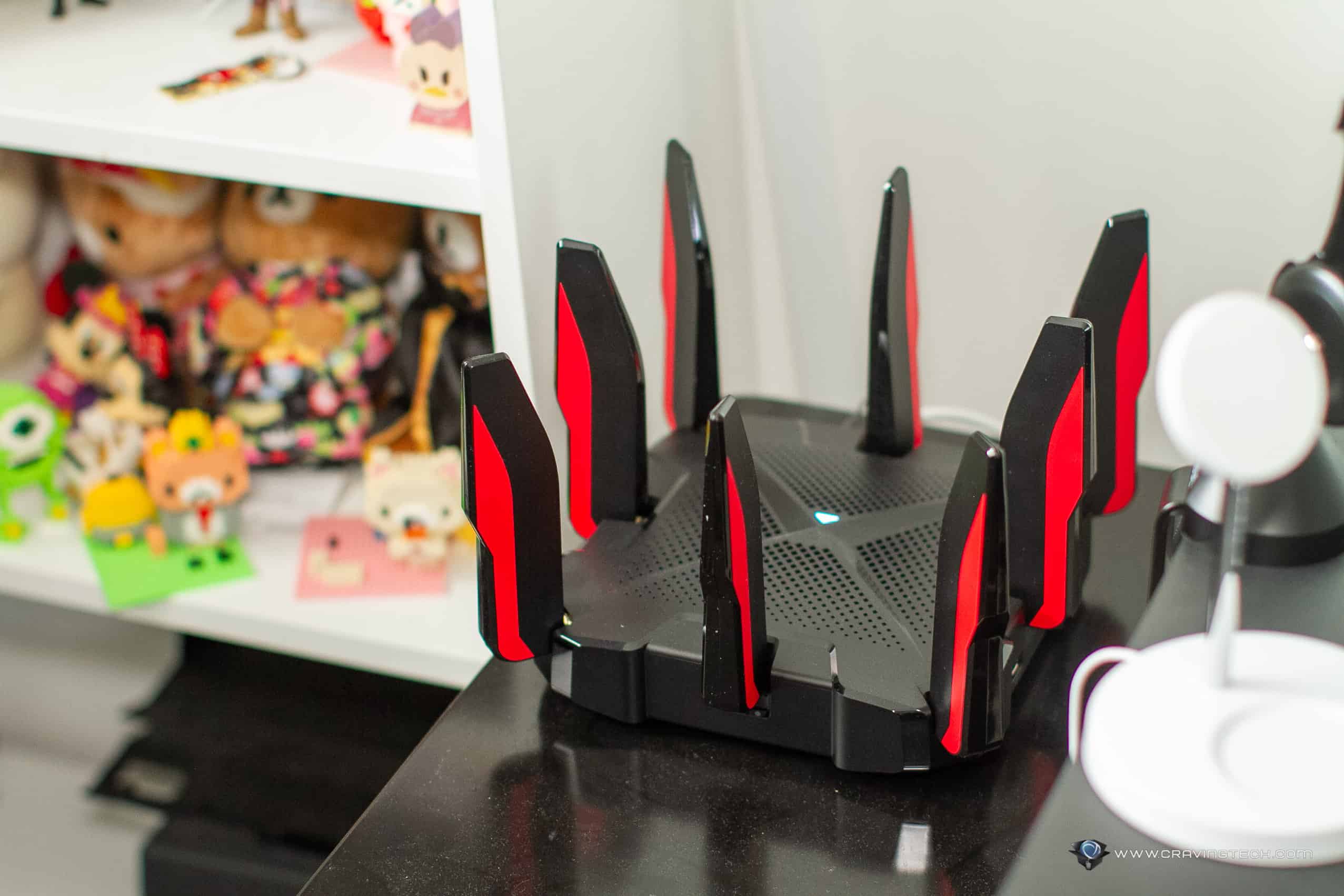Note: This is a guest post written by Deepak Setia – In today’s digital age, a reliable and robust Wi-Fi signal has become an essential requirement for our homes. Whether you’re streaming your favorite shows, attending virtual meetings, or connecting with loved ones, a robust Wi-Fi connection is crucial.
However, many of us have experienced frustrating signal gaps and slow connections that disrupt our online activities. In this article, we will explore practical and effective strategies to improve your Wi-Fi signal at home, ensuring seamless connectivity throughout your space.

[1] Ideal Router Placement
The placement of your Wi-Fi router plays a significant role in the signal strength and coverage in your home. To maximize its effectiveness, follow these guidelines:
Central Location: Place the router in a central area of your home, minimizing obstacles such as walls and furniture.
Elevated Position: Position the router at a higher level, such as on a shelf or wall hanger, to reduce interference from objects on the ground.
Avoid Obstacles: Keep the router away from thick walls, mirrors, and metal objects that can weaken the signal.
[2] Update Firmware and Hardware
Here is another effective tip to help you improve your Wi-Fi signal at home! Regularly update your router’s firmware and, if necessary, upgrade to newer hardware versions. It can also improve performance.
Manufacturers often release updates to counter security threats and enhance signal strength as well. Check your router’s settings or the manufacturer’s website for the latest updates. If the updates are available, go ahead to proceed with it.
[3] Choose the Right Channel
Routers can operate on different channels within the Wi-Fi spectrum. Overlapping channels can lead to interference and a weaker signal. Use tools like Wi-Fi analyzers to identify the least congested channel and switch your router to it. This simple adjustment can significantly enhance your signal quality.
[4] Use Quality Equipment
Investing in a high-quality router and modem can make a substantial difference in your Wi-Fi signal strength. Look for devices that support the latest Wi-Fi standards and offer features like beamforming and multiple antennas for improved coverage
[5] Secure Your Network
A secure Wi-Fi network not only protects your data but also ensures that unauthorized devices aren’t using your bandwidth. Set up a strong password and consider using WPA3 encryption for enhanced security.
[6] Reduce Interference
Electronic devices like cordless phones, microwave ovens, and Bluetooth devices can interfere with your Wi-Fi signal. A good practice would be to keep these devices away from your router and Wi-Fi-connected devices to prevent signal disruption.
[7] Mesh Network Systems
For larger homes or spaces with multiple Wi-Fi dead zones, consider using a mesh network system. These systems consist of multiple nodes placed strategically throughout your home to create a seamless Wi-Fi network. Mesh networks eliminate dead zones and provide consistent coverage throughout.
[8] External Antennas
If your router has detachable antennas, experiment with their positioning. Point them in different directions to find the orientation that offers the best signal strength. External antennas can also be replaced with high-gain antennas for extended coverage.
[9] Wi-Fi Extenders and Boosters
Wi-Fi extenders and boosters amplify your existing signal, extending its reach to areas with poor connectivity. While they can be effective, they might also introduce some latency. Use them selectively and position them where they can still receive a strong signal from the main router.
[10] Regular Reboots
Rebooting your router periodically can help clear out temporary glitches and refresh the device. Set up a schedule to reboot your router every few weeks for optimal performance. Just as a good night’s sleep revitalizes your body and mind, a reboot clears out some accumulated glitches and re-establishes smoother data flow.
[11] Manage Bandwidth
Prioritize devices and applications that require a consistent connection. Most modern routers offer Quality of Service (QoS) settings that allow you to allocate bandwidth to specific devices or applications. QoS is like a traffic controller for your network, which manages your data traffic.
By assigning different levels of priority to devices and applications with the use of QoS settings, you can prevent network congestion and reduce the risk of disruption during the period of peak usage.
[12] Wired Connections
For devices that demand high-speed and stable connections, consider using Ethernet cables instead of relying solely on Wi-Fi. This is especially useful for gaming consoles, desktop computers, and smart TVs. Ethernet cables offer stability, speed, and reliability by providing a direct and physical link between your devices and your network router.
Final Verdict
In our interconnected world, a strong and reliable Wi-Fi signal is essential. By implementing the strategies mentioned above, you can significantly improve your home Wi-Fi network’s signal strength, coverage, and overall performance.
From ideal router placement to using quality equipment and exploring modern solutions like mesh networks, you have a range of options to ensure seamless connectivity throughout your living space. So, say goodbye to frustrating dead zones and say hello to uninterrupted online experiences.






